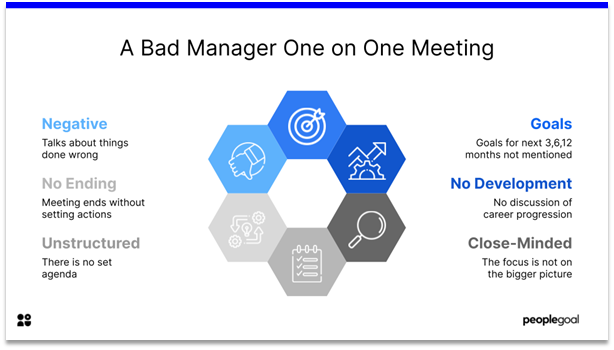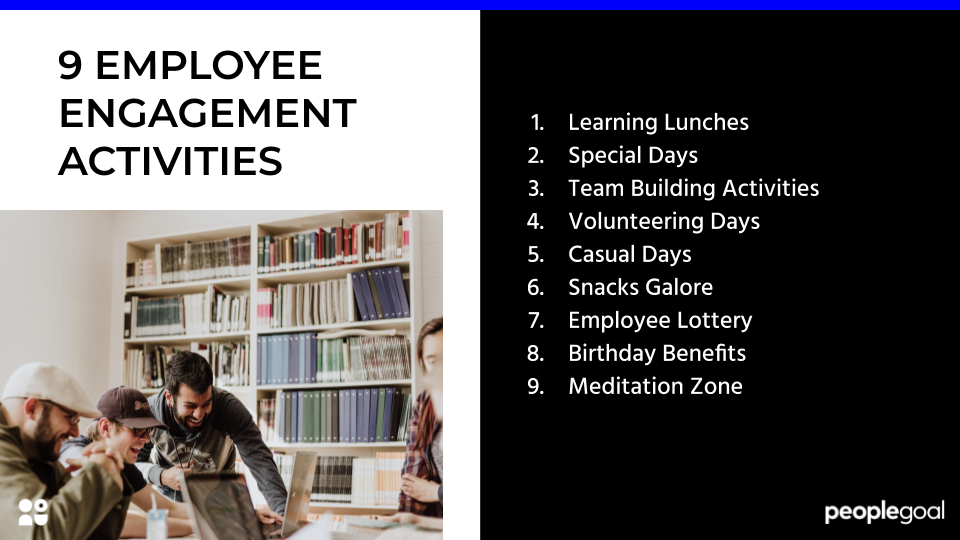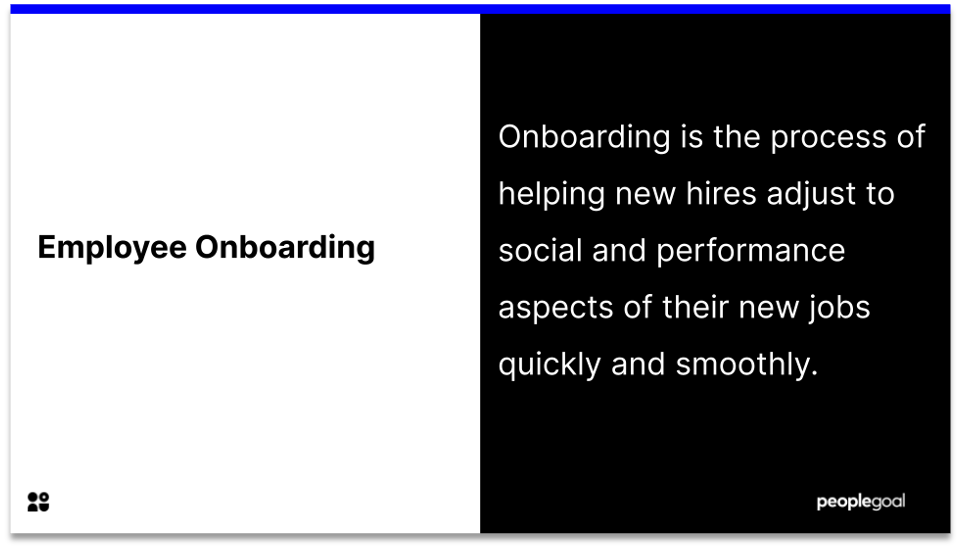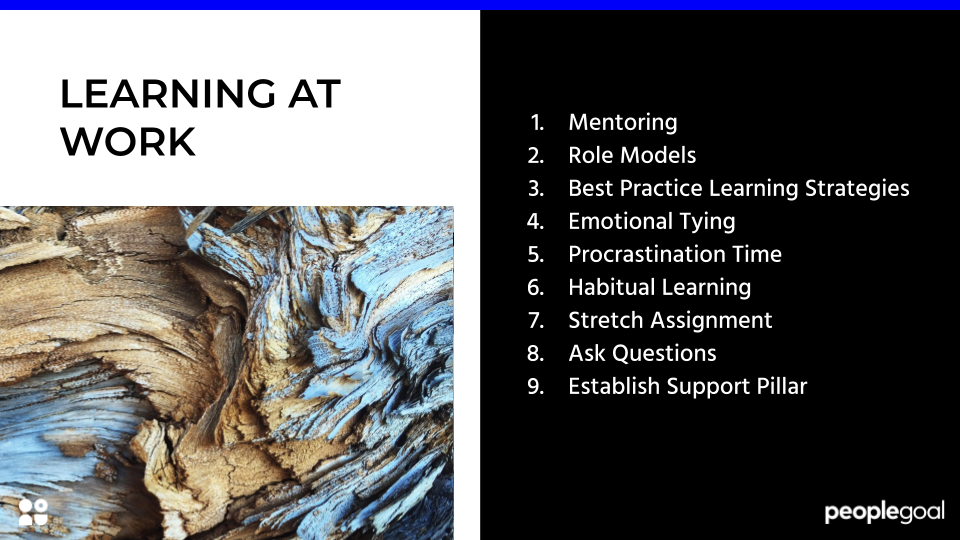“Human Resourses”
Wait, that’s not right…
If you found this blog, the chances are that you are one of 500 people who search human resourses with a third “s” every month. Welcome to the club! Now is the perfect opportunity to discuss what Human Resources with a “c” is, and how this often-overlooked department can be the key to optimizing your business’ performance.
Human Resources today is the department in an organization that deals with human capital, the most important asset of any business. Day-to-day roles include recruiting and hiring new staff, arranging training and development, maximizing employee engagement, and monitoring an individual and their team’s performance.
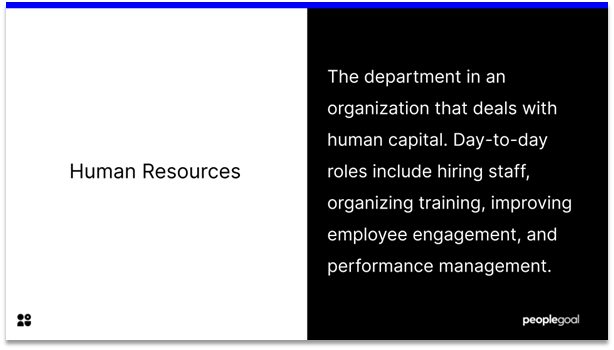
Today’s concept of Human Resources has not always existed, and we will consider how it has changed through time. Before the early 20th century, workers were treated as merely the labor used in production. In the 1920’s there were significant changes to workforce demographics and the type of work available. This led to the creation of labor management, and a newly-assigned group of people responsible for hiring and firing staff, and settling disputes.
Fredrick Taylor was a pioneer in researching business management. He used science to look for methods to improve the efficiency of workers. This approach relied on quantification and has since informed the processes we currently use for performance appraisals. However, his theories are criticised for treating employees as mere variables and downplaying their autonomy.
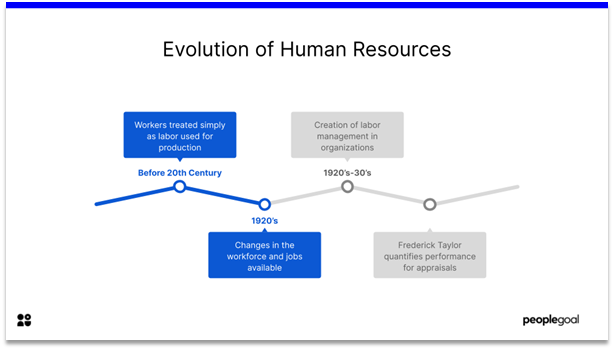
Workforce demographics changed again following the second World War. There was an increase in the number of people joining unions and the subsequent regulations imposed by the government. Despite the consequential improvement in worker conditions, employees became unhappy with the new rules and began to perceive these as “red tape” constraining workers and their freedom.
In the 1960’s and 70’s, advances in the social sciences brought a more humanistic approach to understanding the factors affecting employee performance. In the 1980’s, the term “Human Resources” was coined. The principle being that employees are resources for a business that require nurturing and investment.
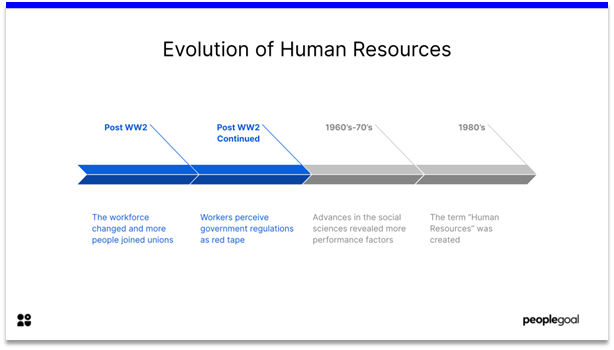
👉 For a more in-depth history of Human resources, check out the Chartered Institute for Personnel Development
As we have seen, for many years Human Resources was considered secondary to the functioning of business operations. Negative connotations associated with this department include maintaining admin and paperwork, dealing with complaints and monitoring employee performance. However, as companies begin to face increasing pressure from management, employees, and customers, organizations must find a way to build a company culture that values feedback and recognition, and keeps employees engaged.
HR functions and responsibilities include:
- Finding and hiring the best talent
- Overseeing Onboarding and Training
- Managing Benefits Administration, Payroll and Insurance
- Approving Absence Requests and Holidays
- Administering Performance Appraisals
- Building Development Plans
- Resolving Workplace Disputes and Grievances
- Monitoring Employee Turnover
- Holding Exit Interviews
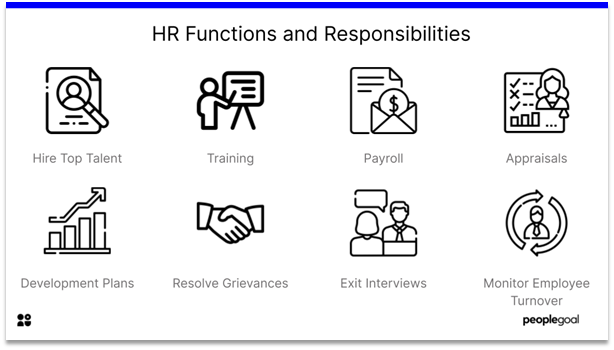
The key to successfully managing each of these processes is to keep your employee’s best interests at heart. Try employee experience platforms like PeopleGoal to streamline your processes and ensure that you provide adequate feedback, recognition and rewards. This enhances your employee’s experience and is of vital importance to your organization’s success.
Industry experts like Josh Bersin believe that this new type of software is the future of Human Resources. Efficiently centralizing your onboarding, training and development, employee engagement and performance management processes in one place will give invaluable insights into employee experience. This will optimize all business operations and improve your productivity.
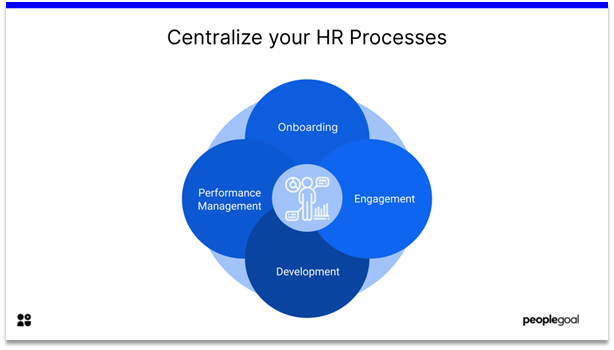
Human Resources has not finished adapting to ever-changing markets and workforces. Modern HR departments must change to support employees seeking greater flexibility. Embrace technological solutions and aid your employees with remote work to maximize their wellbeing and enhance their work-life balance. Equally, HRM must continue to find ways to retain top talent and reduce their organization’s employee turnover.
Employee engagement is crucial for employee retention. An engaged employee is someone who is “fully absorbed by and enthusiastic about their work and so takes positive action to further the organization’s reputation and interests.” Cultivate your company culture to ensure employees have this level of commitment and are consistently striving to perform at their best for your company.
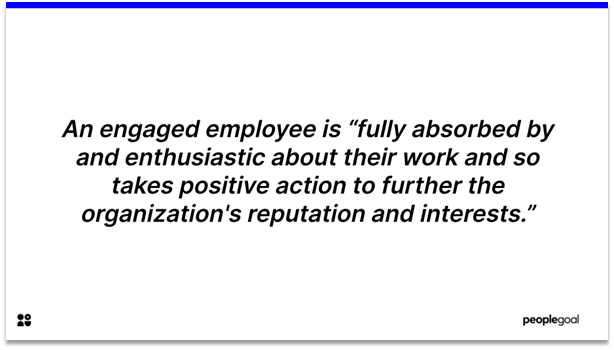
PeopleGoal provide solutions in Core HR & Onboarding, Performance Management, Engagement, and Development. Our customizable workflows can be adapted to suit your organization’s culture and requirements. Browse our app store to check out how we can help you enhance your employee’s experience.
Ready to 3x Your Teams' Performance?
Use the best performance management software to align goals, track progress, and boost employee engagement.

